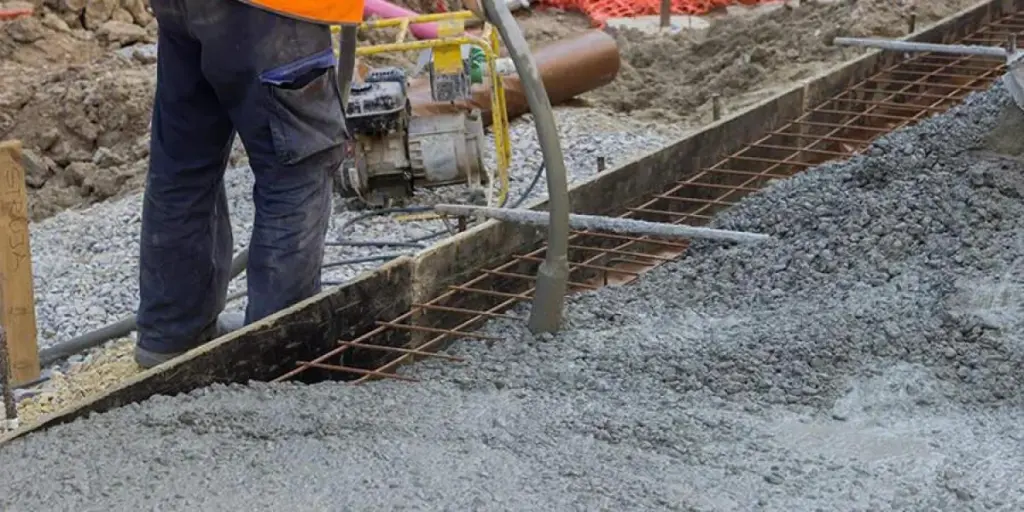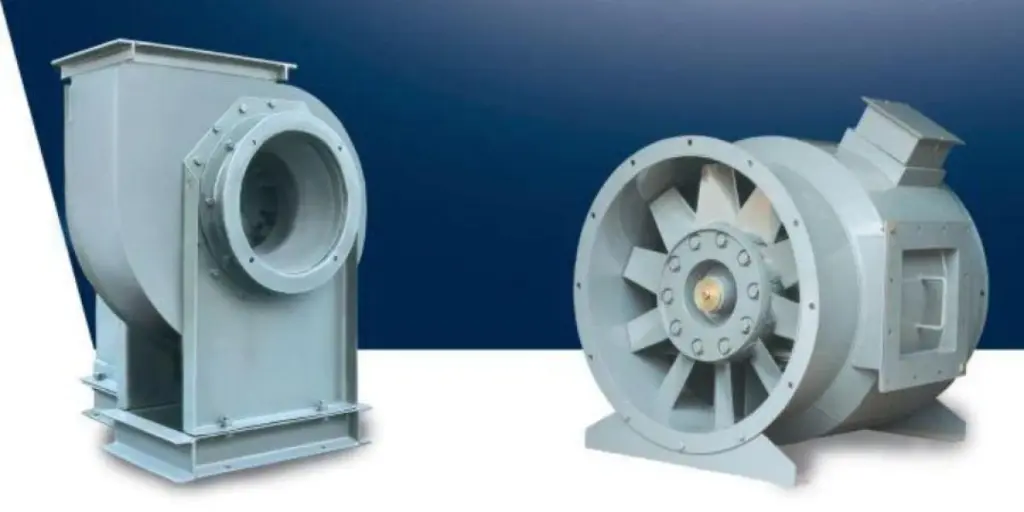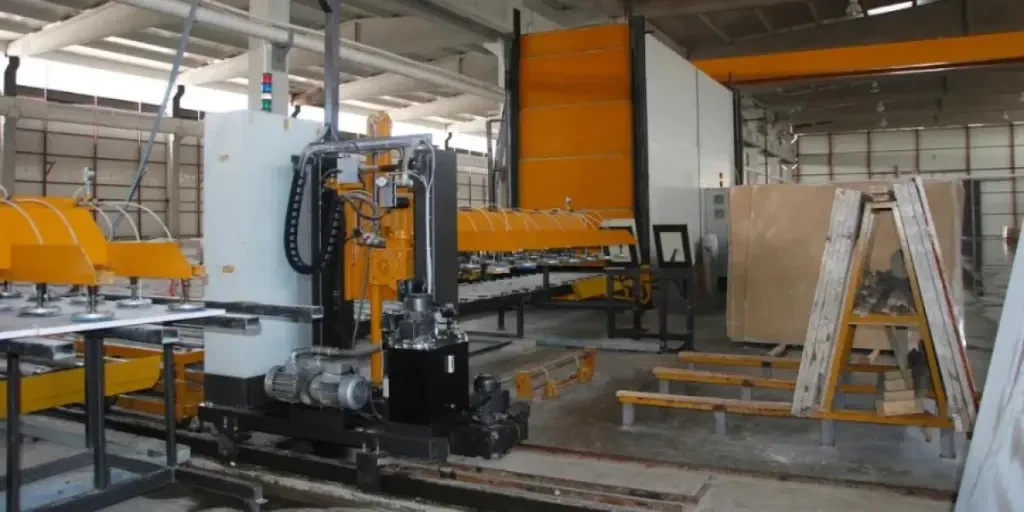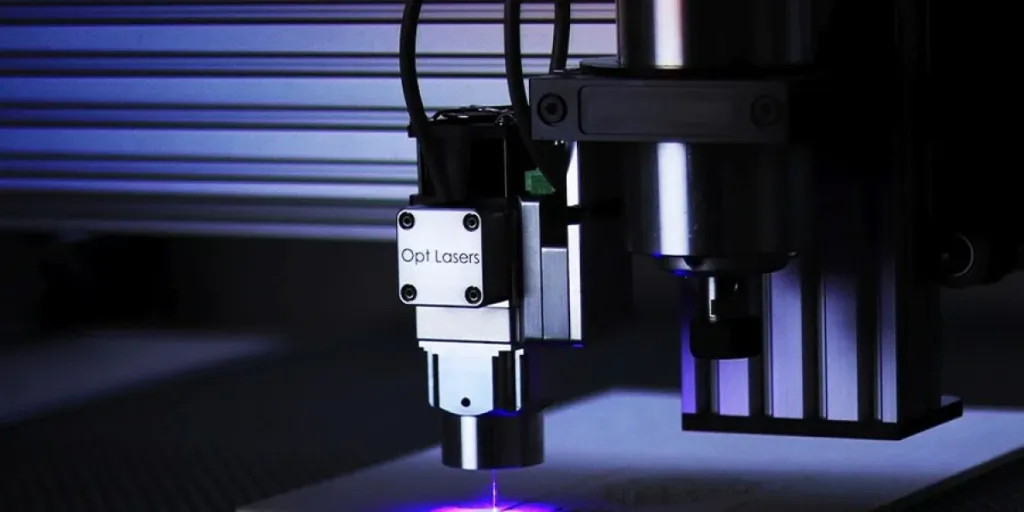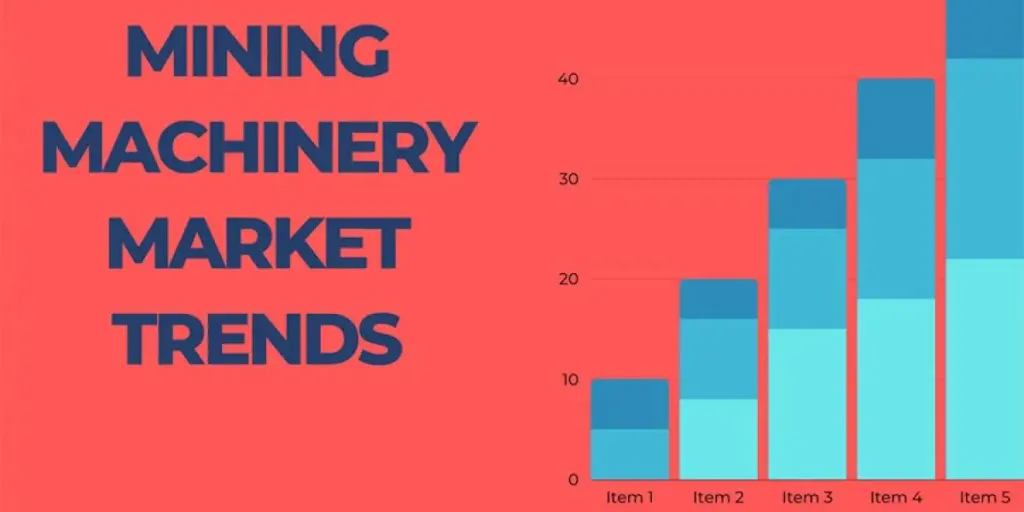The massive construction activities driven by the growth of the real estate sector have significantly increased the demand for concrete vibrators. Constructors understand the critical role of concrete vibration in ensuring the strength and longevity of the cement in any building framework.
Table of Contents
Market share and demand for concrete vibrators
What to look for when selecting concrete vibrators to sell?
Concrete vibrators for different end customers
Conclusion
Market share and demand for concrete vibrators
In 2020, the global concrete vibrator market was valued at USD 266.42 million. It is forecast to grow at a CAGR of 3.3% throughout the period 2021-2030, increasing the market size to USD 376 million. The increased construction activities across the world facilitate the moderate market growth and demand for concrete vibrators.
What to look for when selecting concrete vibrators to sell?
Size of the job at hand
A minor job including small concrete patches can require a small device with a short cord, while a larger job will need construction equipment capable of vibrating large concrete patches.
Required concrete vibration speed
Another aspect to consider is how fast the concrete needs to be vibrated, primarily determined by how soon the project should be completed. In this case, if the project is scheduled to be completed quickly, a concrete vibrator with a lot of horsepowers and a large head is necessary to allow numerous vibrations per minute.
Concrete mix design
The ingredients for the concrete, including sand and gravel or crushed stone, and regulating their relative proportions to ensure the strength and durability of the concrete influence the choice of a vibrator.
Height and width of the wall or structure
The length and thickness of the structure can influence the type of concrete vibrator used. For example, the vibrator’s diameter should be 1/4 of the wall thickness.
Type of concrete pour
The types of concrete pour include wall, floor, column, curb, and gutter. In the case of shallow forms such as curb and gutter, a vibrator with a small head can be used, while a larger head vibrator is required for concrete poured in wide forms, such as floors, since they are characterized by larger spacing.
Types of concrete vibrators
Internal vibrator
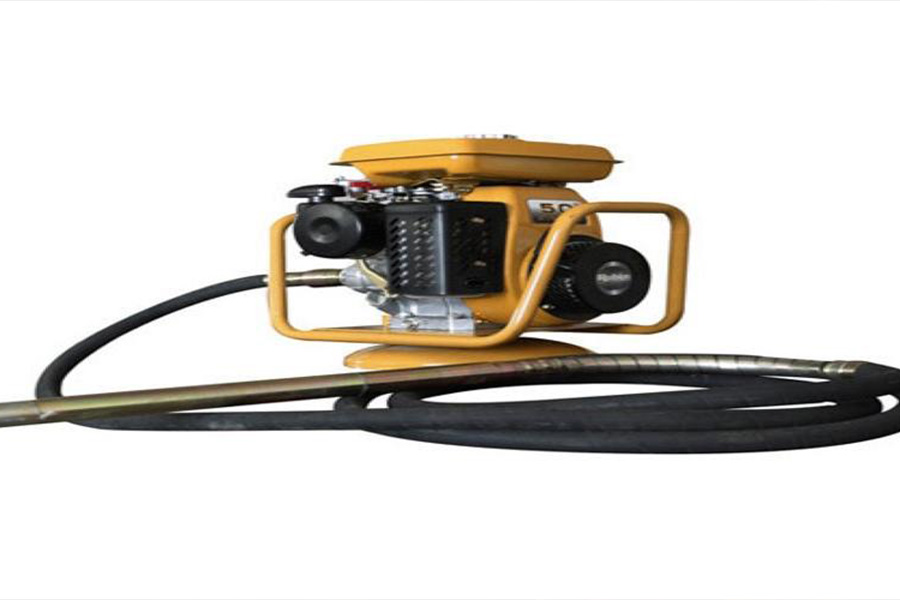
Internal vibrators, also known as immersion or concrete needle vibrators, are the most common types of vibrators used in construction. The market size for these products is projected to grow at a CAGR of 5% between 2021 and 2028. This growth will be driven by a global increase in architectural, dam, mine, and well engineering projects.
Features:
- They comprise a steel tube with a closed and rounded eccentric vibrating element.
- Most are designed to operate at a high frequency of 12,000 to 17,000 vibrations per minute (vpm), but workers usually use a frequency of 3000 to 6000 per minute.
- The amplitude for internal vibrators ranges from 0.015 to 0.08 inches.
Pros:
- Their size and weight enhance mobility.
- Many can be handled by a single operator, reducing costs.
- The high frequency allows the speedy vibration of the concrete, translating into fast completion of projects.
Cons:
- High frequency lowers the amplitude, thus affecting the intensity of the vibrations.
- Vibrators powered by gasoline engines are heavier than those powered by electric motors.
External vibrators

External vibrators replace internal vibrators in various construction conditions, such as narrow and congested spaces. They are used primarily with pre-cast concrete to create high surface quality. The market for external concrete vibrators is expected to grow due to increased urbanization and infrastructural developments.
Features
- They are placed vertically or horizontally at pre-determined points on the formwork at an appropriate spacing not exceeding 90cm.
- They operate at a frequency that ranges from 3000 to 9000 rpm with an acceleration of 4g
- They run on a 3-phase induction motor.
Pros
- Eternal concrete vibrators have very efficient, lightweight structures.
- They are more cost-effective and technically efficient since they require less maintenance, have minimal downtime, and yield higher-quality output.
Cons
- They consume more power since they are attached to the formwork containing the concrete instead of being directly immersed in the concrete, as in the case of internal vibrators.
Surface vibrators
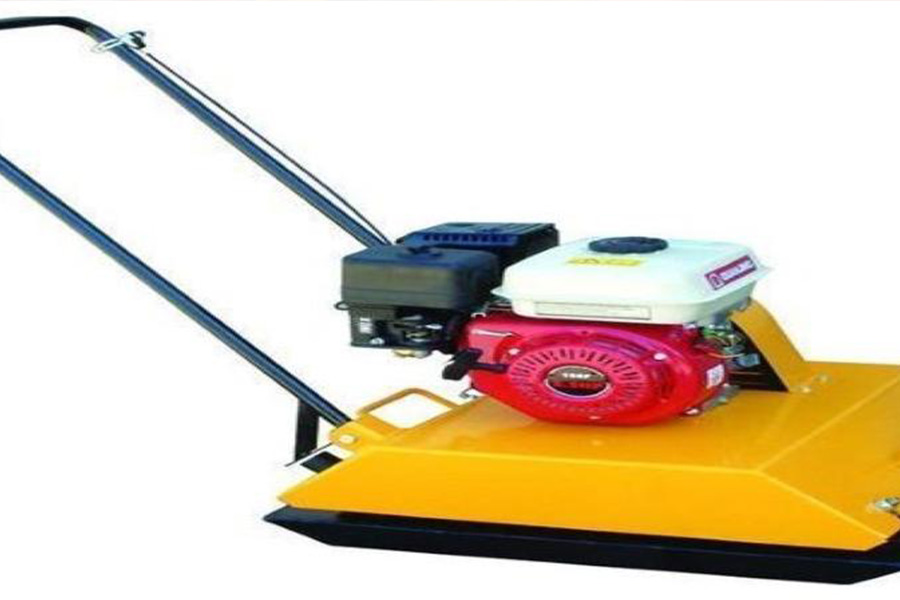
Surface concrete vibrators are associated with multiple benefits, including increased productivity and higher quality construction projects, which results in a demand increase. The market size for surface vibrators is projected to grow at a CAGR of 5.1% between 2018 and 2030.
Features
- They are used in shallow structures with a thickness of less than 250mm.
- They have an operating frequency of approximately 4000 rpm at an acceleration of 4g to 9g.
- They are mainly used in the construction, patching, and repair of thin floors, ceilings, and pavement slabs.
Pros
- They are efficient for thin slabs where other vibrators cannot be used.
- They are used to remove any gaps, moisture, and surface defects, resulting in smooth and aesthetically pleasing surfaces.
Cons
- Surface vibrators cannot be used where the slab is too thick or large volumes of concrete are required since the lower layers will not receive sufficient vibration.
Vibrating tables

In 2020, the global vibrating table market was valued at USD 1856.6 million and is expected to grow at a CAGR of 4% between 2022-2027 to reach USD 2349.2 million. This high growth rate is associated with the wide application of vibrating tables in multiple industries, including construction, automotive, aerospace, and electronics.
Features
- They are composed of a rigidly-built steel platform mounted on flexible springs powered by an electric motor.
- They have an operating frequency of 4000 rpm at an acceleration of 4g to 7g.
- Most are user-friendly and support up to 200 lbs.
Pros
- They are characterized by low power consumption and high operational efficiency.
- They involve less operational noise than other vibrators.
- They have low maintenance costs.
Cons
- Proper table functioning depends on a regular supply of electricity and requires professional wiring of the systems, leading to higher installation costs.
Concrete vibrators for different end customers
The USA, China, and Europe are the leading markets for concrete vibrators and account for a considerable share of the market due to the massive construction activities in these regions. The Asia Pacific, in general, is projected to maintain its position as the largest market for concrete vibrators due to the increased spending on construction activities. Another driver is the growth potential of China and India’s real estate market.
Conclusion
The growth of the global real estate sector, infrastructural developments, and industrialization will continue to increase the demand for concrete vibrators. While developed economies such as the USA, China, and Europe provide lucrative marketplaces for this equipment, developing countries in the Asia Pacific, the Middle East, and Africa reflect on long-term demand as they advance economically.
